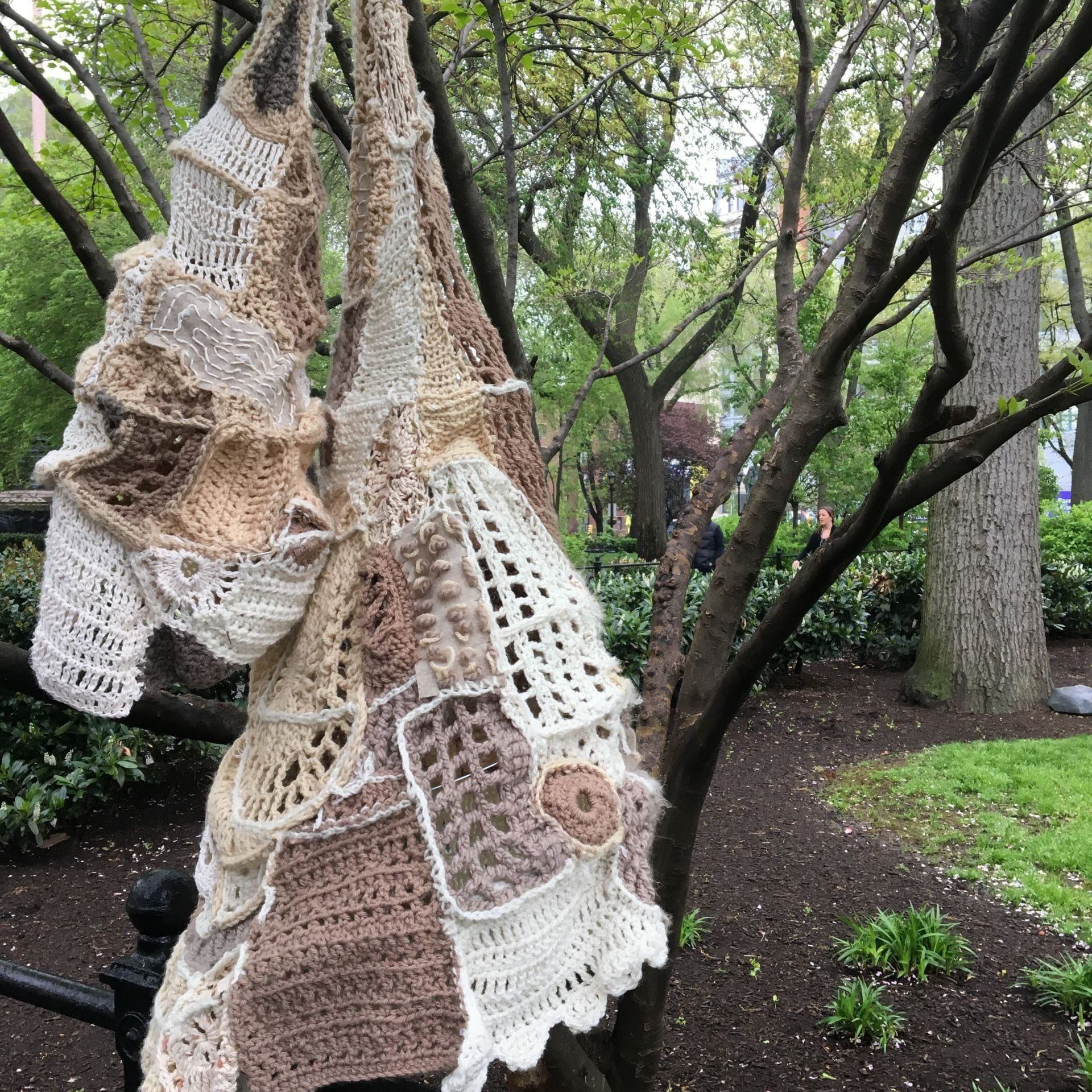In this project, I am building on the foundation research that I have done for Bridge 4 of my subject, Columbus Park. In the Bridge 4 study, I was immediately attracted to the atmosphere and aura of the park whilst focusing on the physical environment. Columbus Park radiates a genuine, welcoming feeling that is more reminiscent of a small neighborhood park rather than a public one. Unlike the other public parks of New York, Columbus Park does not seem to attract as much tourists and instead, is a daily go-to for the local residents. Although the park is geographically located in Chinatown, where the population consists of mostly ethnic Chinese, the space have incorporated a participant group that ranges far beyond this ethnicity alone.
This public space does not have amenities that are even as modern nor as interesting as the ones in wealthier neighborhoods. However, this did not stop the clusters of dedicated people that utilize every available open surface there is in the park. I observed a pattern of rotating groups that dominate the park at certain times throughout the day; the elderly are the first to appear in the early morning, doing a variety of exercises such as Tai-Chi and group exercises. Workers ranging from collared-employees to truck drivers lounge around the park at noon and afternoon to lunch and relax. In the evening, children and teens scream and bounce around the park in games of basketball and tag. And of course, the chess-playing elderly are still present until late night. The abundant human activity is what defined the park for me, I came to associate this space with the intimacy of human relationships and the invisible bond between park participants. Thus, my idea for Bridge 5 formed and developed as an artistic interpretation of those connotations.
With a design thesis that is based on the belief that Columbus Park is a public space where the most genuine, simple, and heartfelt connections between people are found, I wanted my installation to be a reflection of this statement. Instead of creating an object that would improve the physical attributes of the park, this installation is a enhancement of the qualities that the park already possesses. I began with the form of the structure, product of an inspiration that came from natural shapes that suggest comfort and safety because ethnic enclaves are a result of the desire to find belonging in foreign land. When cocoons came to mind, I then followed the outlines and began constructing from there. Soft materials were also chosen to continue the theme of gentleness and interconnection. I chose fiber because it can be woven and stretched to illustrate my thesis of a web of bonds. Furthermore, fiber can be easily manipulated to create a rhythm of textures across a surface that is attention catching to others. As my intended audience is the people of the children’s playground specifically, woven patterns and neutral tones would are appealing factors not only because they are inviting elements that urges close inspection and interaction, but also because the calming subtlety and lack of flamboyance reflect the park’s humble reputation.
Lastly, I chose the children’s section as the space in which this project would ideally be installed because of the variance of trees that offer perfect support for hanging the pieces, also, there’s interaction between a wide enough variety of age groups that is not observed in the other areas. I think that the form of the pieces will add a playful element, which children may love because the interwoven patterns reminds them of their favorite blanket, but can be appreciated by adults as well because the art of crochet is closely connected to the ideas of home and family. Therefore, regardless of age, participants are encouraged to come observe the installation for themselves and setting an example that others would follow as humans often mimic the actions of others when approaching an unfamiliar object. In this case, I imagine that children would discover these pieces first and come up to them, then adults would approach it as well and attempt to understand the piece, this behavior becomes mimicked by children because of their curiosity.





